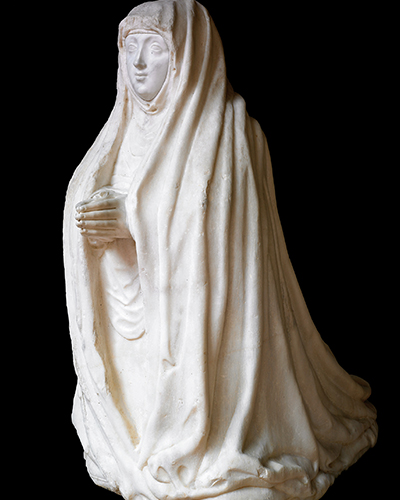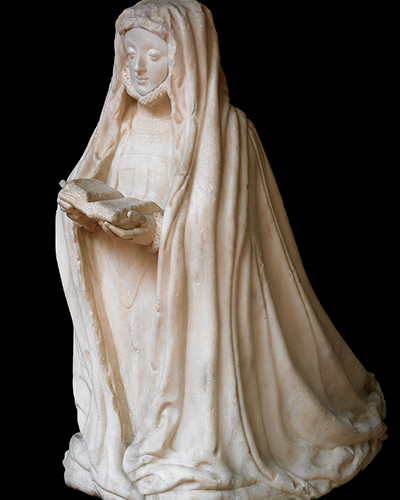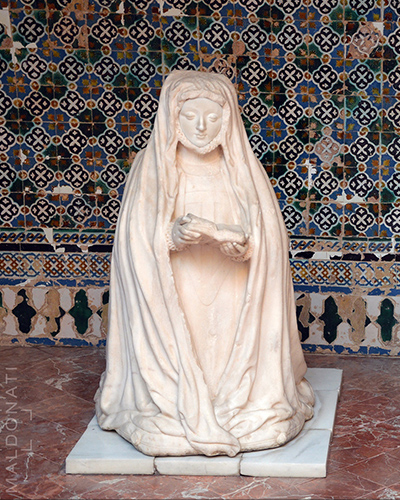A sculptor active in Andalusia in the second half of the 16th century, whose place and date of birth are unknown and who is only known to us after his arrival in Granada in 1563. His marked mannerism has led to speculation about his Roman training and even his Italian origin, of which his surname would be an indication, as a Castilianisation of the place name Pescara. In 1571, possibly fleeing the rebellion of the Alpujarras, he settled in Seville, where he entered the service of the cathedral and, shortly afterwards, together with Bartolomé Morel and the architect Asensio Maeda, he collaborated with the city's Assistant, Count of Barajas, on projects of urban improvement and embellishment, of which only the idealised representations of Charles I and Philip II as Hercules and Julius Caesar which, on triumphal columns, preside over La Alameda and the 18th-century copy of the Mercurio Argifontes in the Plaza de San Francisco have survived. After his work in La Alameda, in 1575, Pesquera was called upon by the 2nd Duke of Alcalá to commission the praying statues of his mother-in-law Juana de Zúñiga, widow of Hernán Cortes, and of his sister-in-law Catalina Cortes, and by the governor of the Alcázar to entrust him with the deity and the rest of the bronze pieces of the Pond of Mercury, whose clay models he gave to Bartolomé Morel for casting and gilding, sets that still survive.
His stay in Seville ended with his sculpting the statuary of the Antecabildo for the cathedral, according to the iconographic programme designed by Canon Francisco Pacheco, leaving it unfinished when he left Seville in May 1580, which is why there is no consensus as to which works from this group should be attributed to him. However, the most certain attribution is the series of figures of the Virtues, one of which, the Temperance, is dated 1577. All of them are inspired by models from Classical Antiquity and La Prudencia is literally based on the Ceres from the archaeological collection of the Casa de Pilatos which, some years earlier, between 1568 and 1571, had been sent to Seville from Naples by its viceroy, the 1st Duke of Alcalá, corroborating what the chronicles state about this collection as a source of learning and study for the sculptors of Seville in the Golden Age.
In 1582, Pesquera is documented in Mexico working for the Convent of Santo Domingo, where, from another document from the cathedral, it is known that he had already died in 1587.



